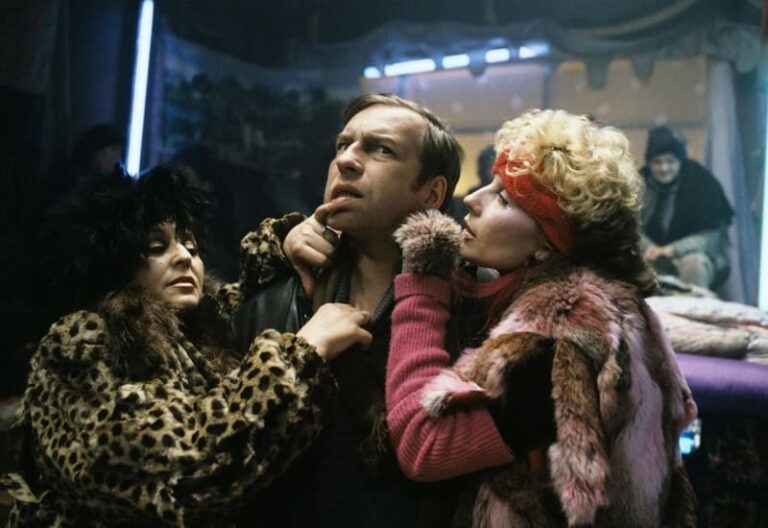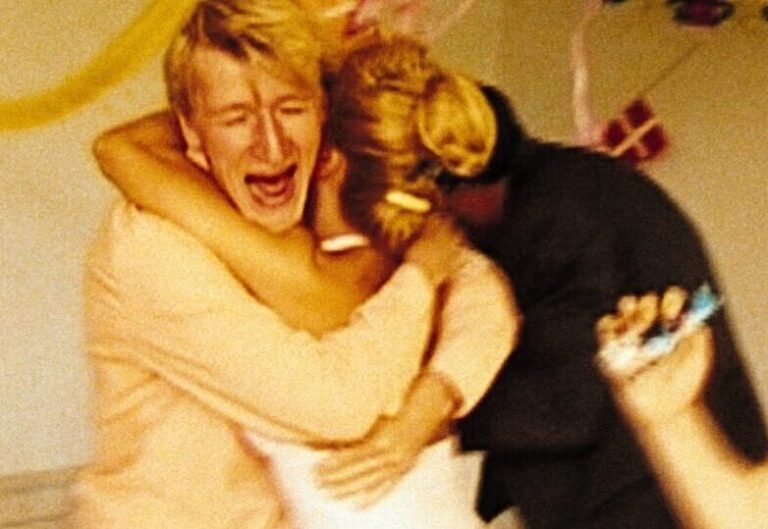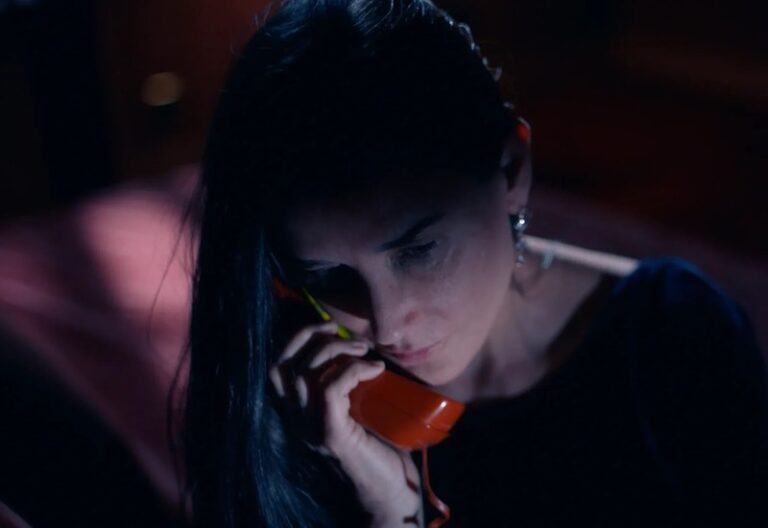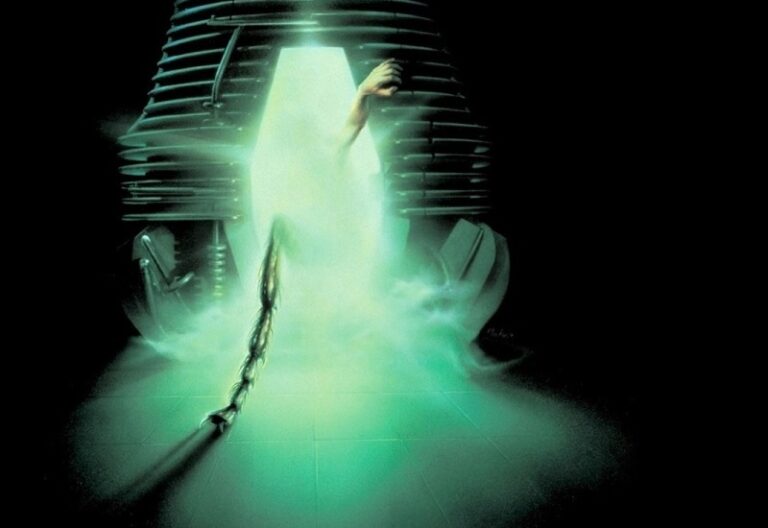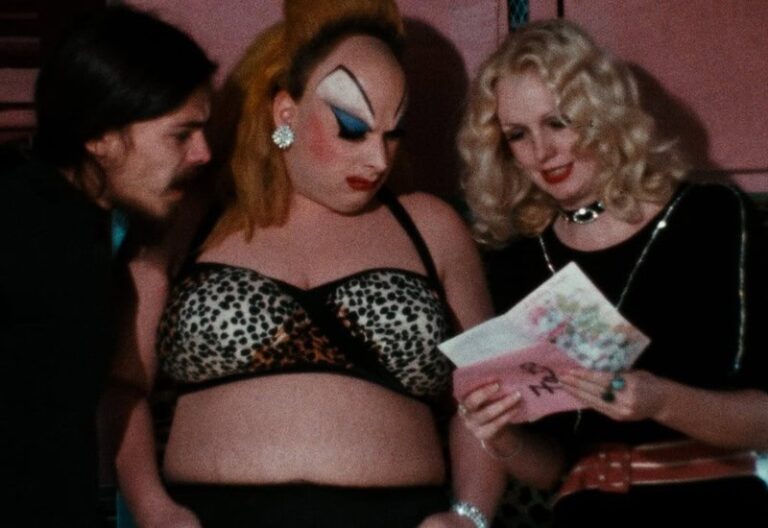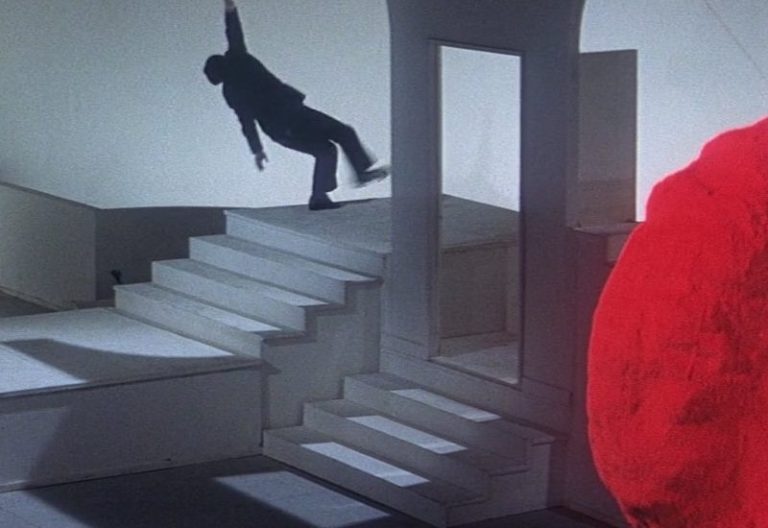964 pinocchio review
film by Shozin Fukui (1991)
Japanese cyberpunk is a strange yet interesting subgenre of horror that is very difficult to explain, but no film expresses its chaos better than the 1991 cult film 964 Pinocchio, directed by Shozin Fukui. Although it runs for 97 minutes, nearly a third of that time is taken up by manic screaming and disorienting visuals.
Review by: Max Palmer | Filed Under: Film Reviews
July 11, 2025
As someone familiar with the Japanese underground film scene, this film still feels fresh and vibrant thanks to its aggressive editing, harsh soundscapes, and weirdly colourful, grimy visuals. It’s a sensory overload with little interest in conventional storytelling, and that’s exactly the point.
The film follows 964 Pinocchio, a memory-wiped cyborg sex slave who has been discarded by his owners after failing to maintain an erection. Left wandering in a near-catatonic state, he is discovered by Himiko, a homeless woman (who is also memory-wiped). Together, they attempt to uncover the truth behind their condition and take revenge on Pinocchio’s former owners.
This kind of storyline, involving dystopian futures, loss of bodily autonomy, and rebellion against oppressive systems, is not uncommon in Japanese cyberpunk. Much of the genre is concerned with how corporations and technology might claim ownership over our minds and bodies in the near future.
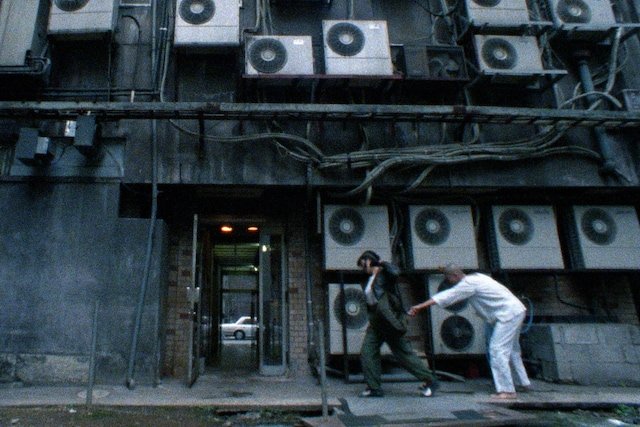
For such an intense and chaotic film, the first thirty minutes are surprisingly calm and grounded. Fukui deliberately bookends that section with a fade to black, and from that moment onwards, everything descends into madness. What follows is a relentless collapse into psychosis, full of twitching, screaming, and visual overload.
The film is surprisingly not as gory or overtly sexual as one might expect from underground Japanese cinema. It is definitely not as extreme as films like Grotesque (2009) or Girl Hell 1999 (1999). What makes 964 Pinocchio disturbing is its sheer incomprehensibility. You do not always understand what is happening, but your body still reacts with discomfort. That disorientation becomes horror.
The sound design is equally abrasive, filled with distorted industrial noise, mechanical screeches, and warped vocal loops. It is as if the soundtrack itself is convulsing along with the characters. Fukui’s use of handheld camera work and distorted lenses adds to this sense of instability. You are not just watching Pinocchio lose his mind, you are also experiencing it. It is less about violence (to a degree) and more about the loss of identity.
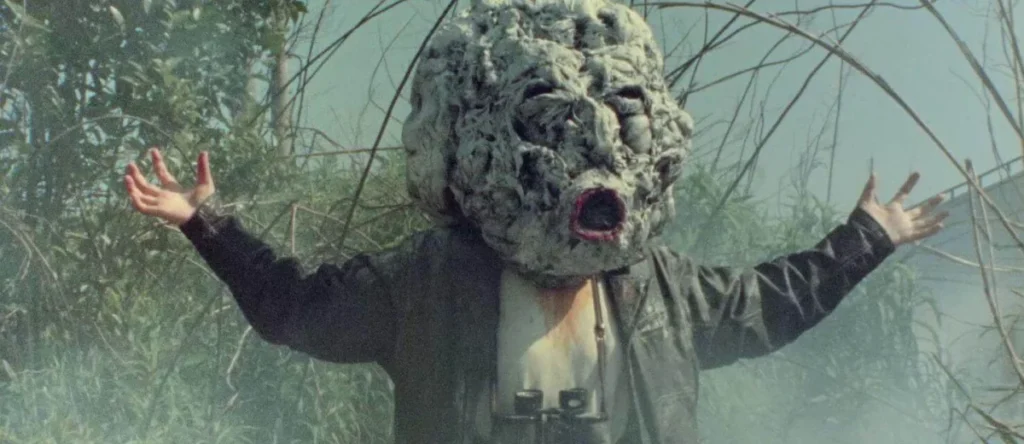
The obvious comparison is Tetsuo: The Iron Man (1989), and rightly so. Fukui worked as an assistant director on that film, and 964 Pinocchio feels like its spiritual successor, arguably even more unhinged. It is no surprise that Shinya Tsukamoto reportedly encouraged Fukui to direct his own feature, and what emerged is one of the most confrontational entries in Japanese cyberpunk cinema.
That said, the film is not without its flaws. The last thirty minutes are essentially just Pinocchio’s face pressed up against the camera, screaming and convulsing non-stop. It is intense, yes, but can become repetitive and exhausting.
The film also features a strange and frequent use of vomit, enough to make Lucifer Valentine proud (thankfully all of it was simulated). The film would have benefited from trimming about ten minutes near the end, as its prolonged finale begins to feel repetitive and overstays its welcome.
Overall the film is loud, bold, and intense and is definitely a unique experience but there is only so long you can watch someone scream into a violently shaking camera whilst being sick.

Author
Reviewed by Max Palmer. Based in North Wales, Max has had an admiration for films ever since he got Pinnochio on DVD for his third birthday, since then he has grown to be a fan of anything and everything from David Lynch to Hayao Miyazaki. However his heart has a special place for anything shocking and underground.
The world has been ravaged by nuclear war. The planet is frozen and radiation kills anyone that ventures outside of ‘The Dome’. Soft is a shepherd for the last remnants…
With his first Dogme 95 film director Lars von Trier opens up a completely new film platform. With a mix of home-video and documentary styles the film tells a story…
A fading celebrity decides to use a black market drug, a cell-replicating substance that temporarily creates a younger, better version of herself. The Substance was…
Body horror is a unique subgenre of horror films that push the limits of physical and psychological discomfort by focusing on the human body’s transformation…
A cult film is a movie that builds a devoted following without achieving mainstream success or widespread critical praise at the time of its release. These films are…
The Japanese New Wave or Nuberu Bagu, as it’s known in Japan, represents a pivotal period in Japanese cinema, marked by a wave of artistic experimentation and…

